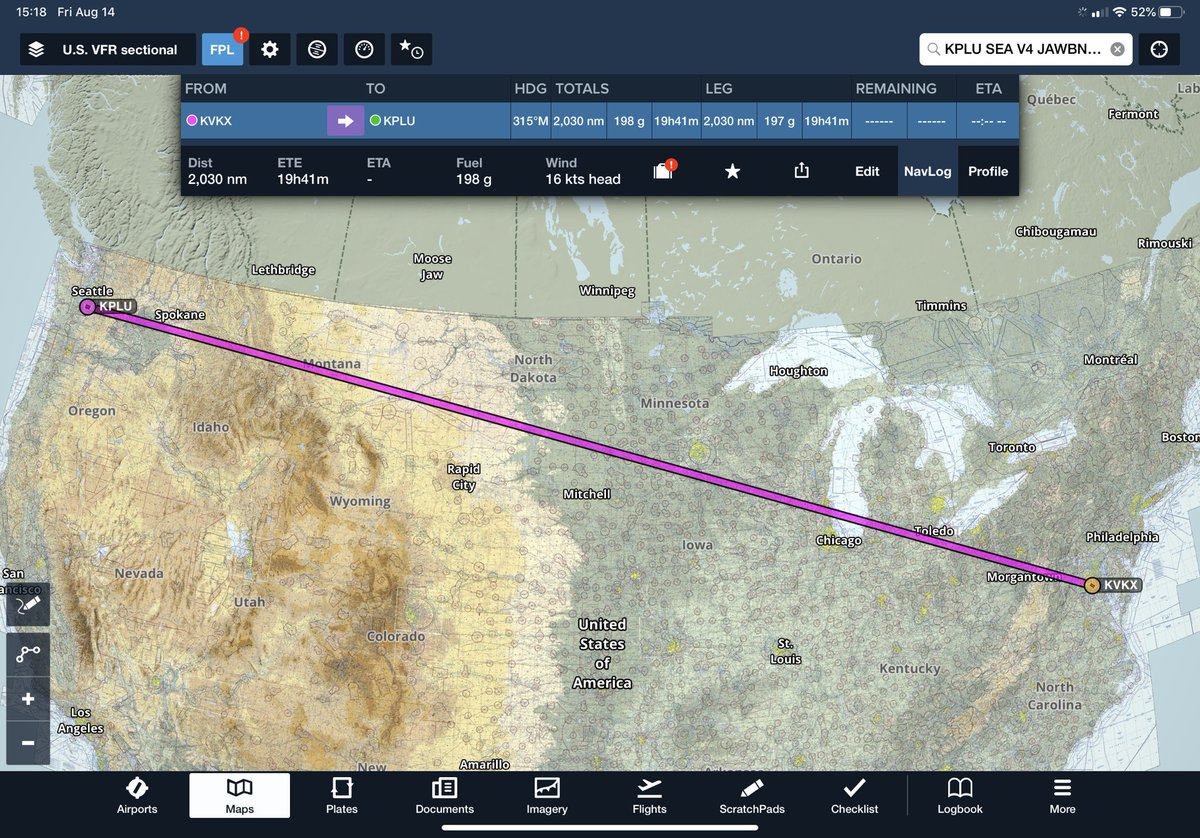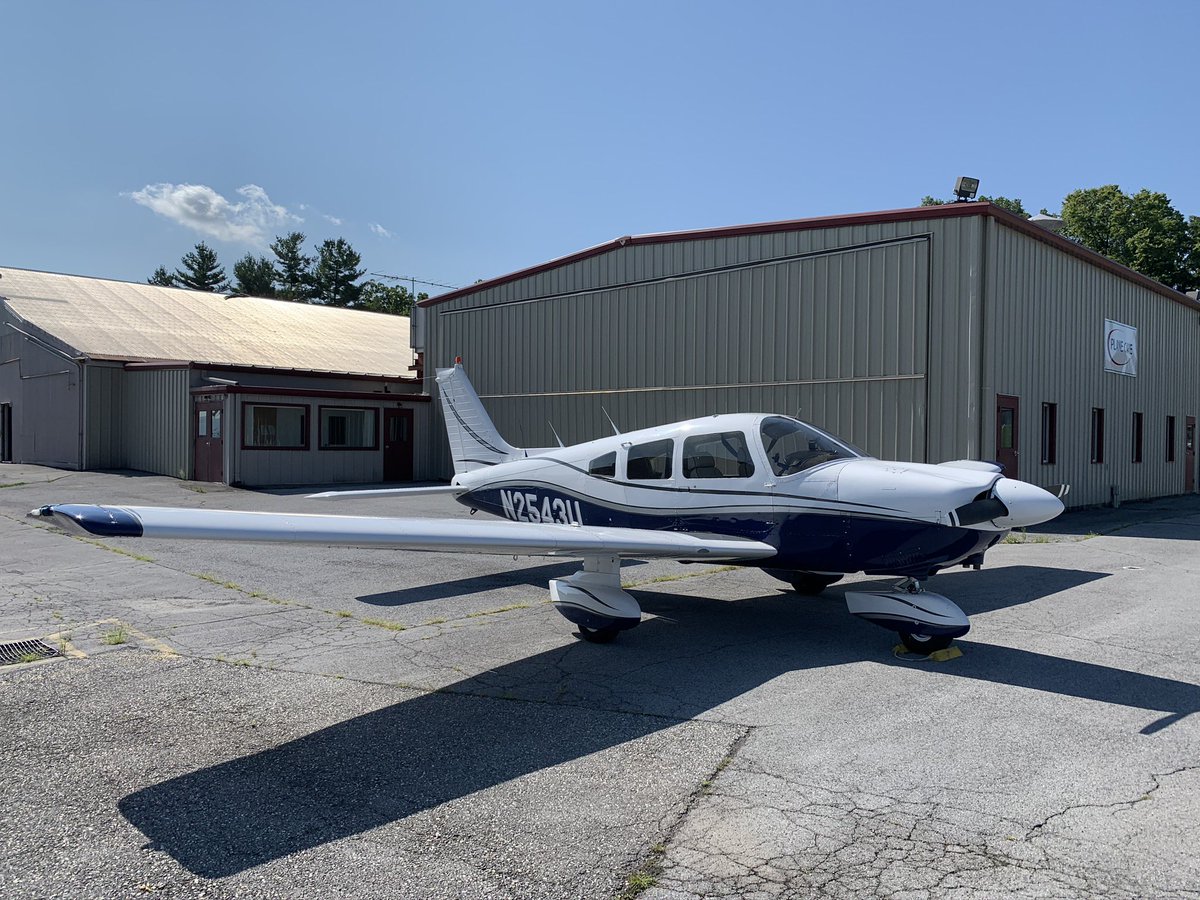
It has become clear that a number of observers, having not read the quote which I was RTing, may have gotten the impression that this statement constituted my opinion, when in fact it is quite far it - namely, that...
https://twitter.com/tshugart3/status/1315136649735540736
1) Air Force F-35s seem like pretty cool airplanes, but given that most of their bases could be turned into smoking ruins by Chinese missiles, they also seem unlikely to be able to operate at scale at operationally relevant ranges from where they would be needed in a conflict.
2) U.S. SSNs are the apex predators of the sea; we should buy as many as our industrial base and national purse will allow.
Would you like to know more? cnas.org/publications/r…
• • •
Missing some Tweet in this thread? You can try to
force a refresh







